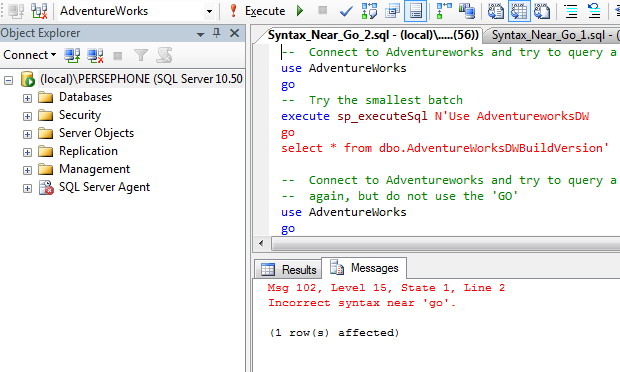Use SQL Server DMVs to find a table’s IDENTITY Column
Use SQL Server DMVs to find a table’s IDENTITY Column. The SQL Server DMVs sys.objects and sys.columns contain valuable information that can identify IDENTITY Columns. Continue reading Use SQL Server DMVs to find a table’s IDENTITY Column


